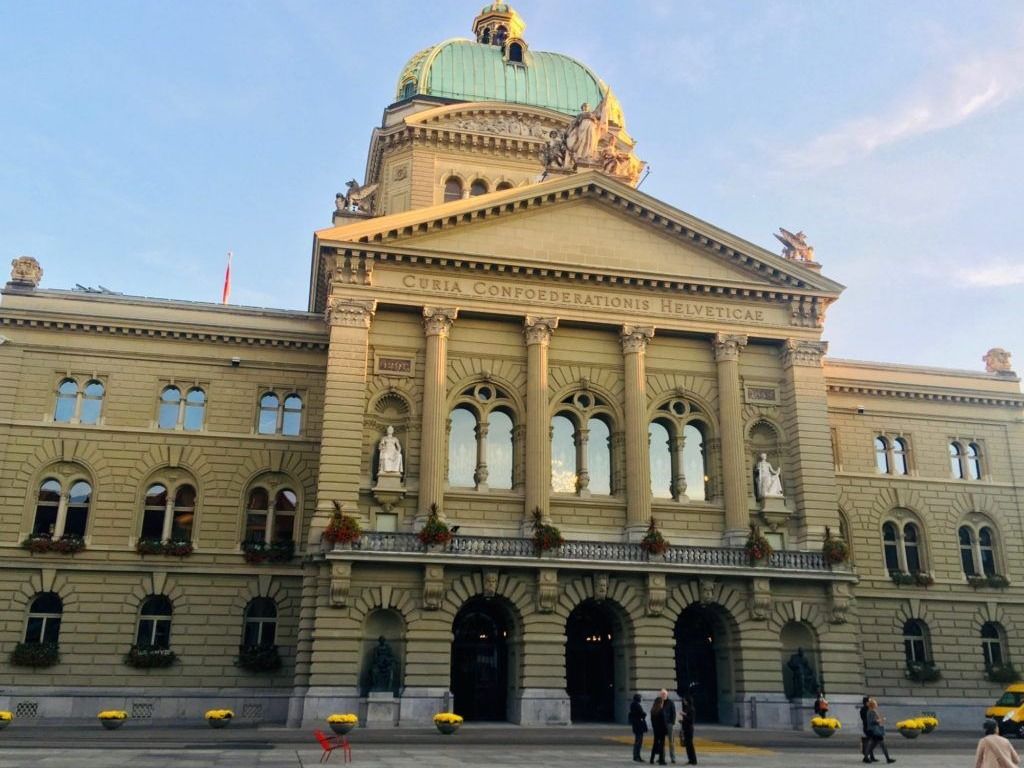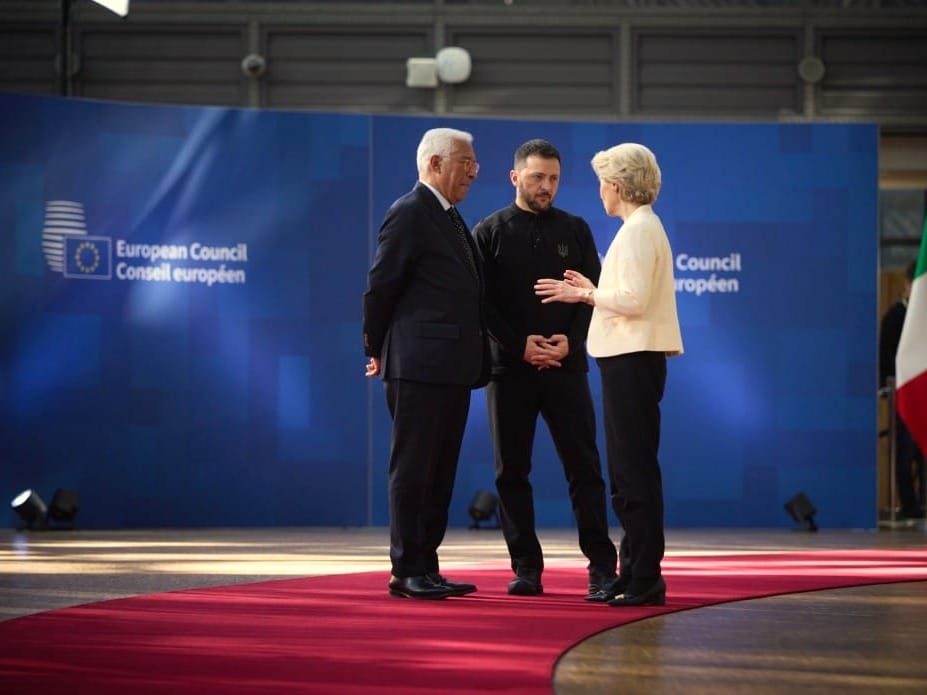BERN, Switzerland (AN) — Voters in Switzerland's national elections on Sunday delivered a major boost to left-leaning Greens who support urgent U.N.-led climate action and other environmental causes in parliament over the next four years.
A record number of more than 4,600 candidates, about 40% of them women, sought four-year terms in the 200-member National Council, parliament’s lower house, and 46-member Council of States, the upper house.









